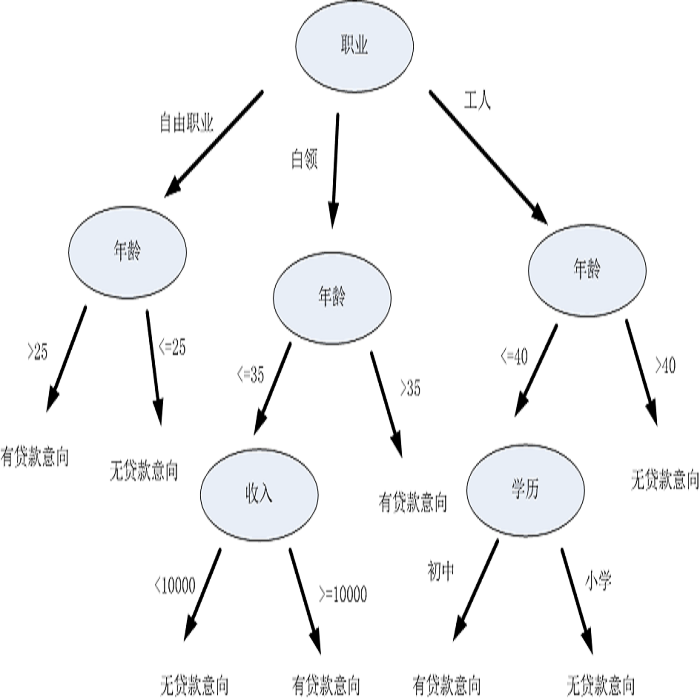This article details a complete procedure to derive a data-driven small-signal-based model useful to perform converter-based power system related studies. To compute the model, Decision Tree (DT) regression, both using single DT and ensemble DT, and Spline regression have been employed and their performances have been compared, in terms of accuracy, training and computing time. The methodology includes a comprehensive step-by-step procedure to develop the model: data generation by conventional simulation and mathematical models, databases (DBs) arrangement, regression training and testing, realizing prediction for new instances. The methodology has been developed using an essential network and then tested on a more complex system, to show the validity and usefulness of the suggested approach. Both power systems test cases have the essential characteristics of converter-based power systems, simulating high penetration of converter interfaced generation and the presence of HVDC links. Moreover, it is proposed how to represent in a visual manner the results of the small-signal stability analysis for a wide range of system operating conditions, exploiting DT regressions. Finally, the possible applications of the model are discussed, highlighting the potential of the developed model in further power system small-signal related studies.
翻译:本条详细介绍了一个完整的程序,以得出一个数据驱动的小信号基模型,该模型可用于进行基于转换器的动力系统相关研究。为了使用单一的DT和混合的DT和Spline回归和Spline回归计算模型,采用了单一的DT和混合的DT和Spline回归,并比较了其精确度、培训和计算时间方面的性能。该方法包括一个全面的逐步程序来开发模型:通过传统的模拟和数学模型、数据库(DBs)安排、回归培训和测试生成数据,实现对新实例的预测。该方法已经使用一个基本网络开发,然后在一个更复杂的系统中测试,以显示所建议的方法的有效性和有用性。两种动力系统测试案例都具有基于转换器的动力系统的基本特征,模拟转换器接口生成的高渗透率和HVDC链接的存在。此外,还提出了如何以视觉方式代表对广泛系统运行条件的小型信号稳定性分析的结果,利用DT回归。最后,讨论了模型的可能应用,强调了模型在进一步开发的模型研究中的潜力。




